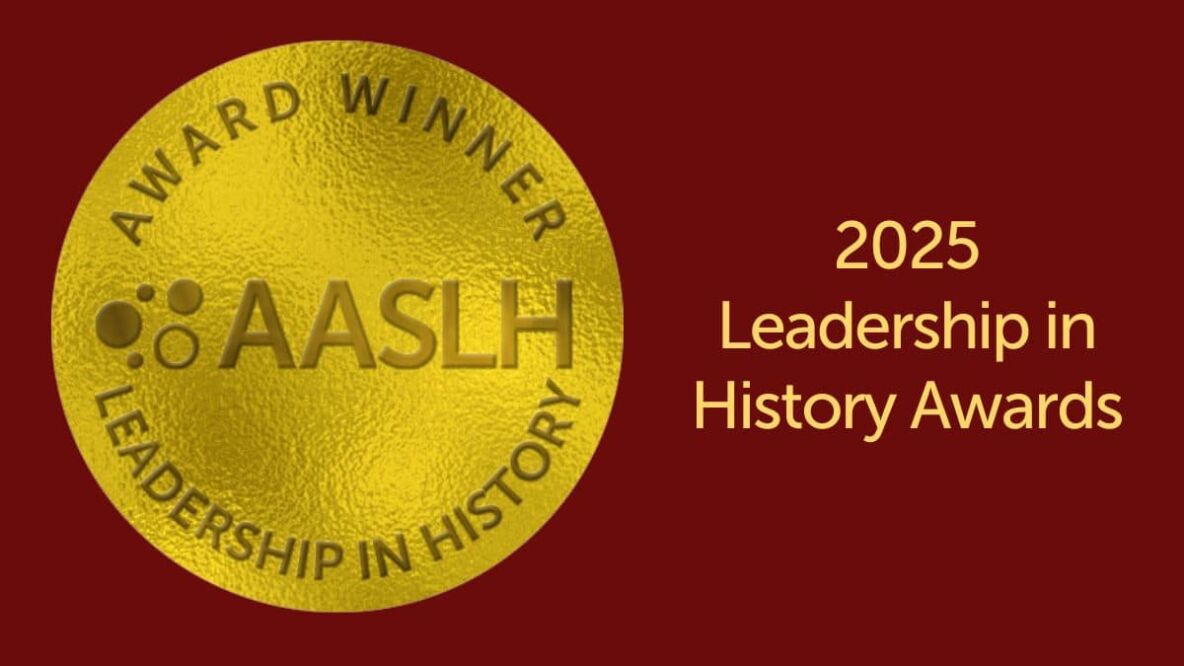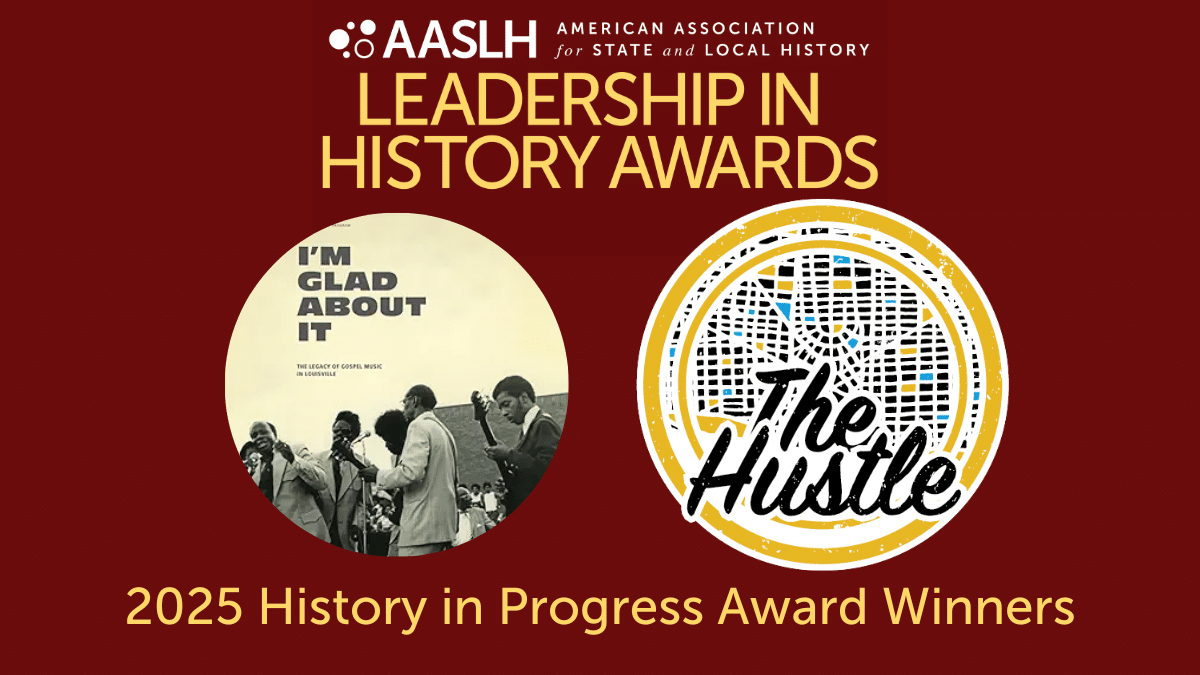In the 1970s, Max Starkloff and other disability rights leaders formed what became known as the Independent Living Movement, enabling thousands of disabled people to move out of nursing homes by encouraging local governments to remove physical barriers, make public transportation and housing accessible, and pass laws preventing job discrimination.
At age 21, Max Starkloff was in a car accident that left him paralyzed from the neck down. This was in 1959, and doctors doubted he would live longer than a few days. Even if he did manage to survive, the hope for his quality of life would be minimal. Because people didn’t yet know how to treat spinal injuries, young Max spent twelve years in a nursing home. At the time, millions of Americans just like him were confined to institutions with no hope of ever living life independently. This book chronicles Max’s life and involvement in the disability rights movement, as well as the developing understanding of disabilities in America during the twentieth century.
By sharing the story of Max’s struggle to overcome physical and attitudinal barriers, the Missouri History Museum seeks to educate the community on how far we’ve come in making the world more accessible for those with disabilities, while at the same time focusing on how we can all work to continue the progress. A goal in publishing the book was to inspire the public with a message about resilience and acceptance, as well as to compel action by sharing Max’s wish for future generations, called the Next Big Step, which was started in 2010 by Max and his wife, Colleen, at the Starkloff Disability Institute, one of his last accomplishments before his death later that same year. The Next Big Step program involves educating employers to break down attitudinal barriers to hiring, while at the same time preparing those with disabilities to join the workforce, and then bringing the two groups together to facilitate hiring.
The museum has also been working with the authors to arrange presentations and discussions at multiple outlets, including universities, libraries, retirement facilities, and disability institutes, to share Max and Colleen’s vision to a variety of audiences. At each place, these discussions create a forum to help break down misconceptions and barriers that have prevented those with disabilities from joining the workforce. By reaching out to diverse groups including university students involved with disability studies, the general public at libraries, and seniors coping with disabilities, these presentations create collaboration and community engagement around a universal topic with important implications today.
Recipient
field_52247df8cf362
Award Details
field_52247df8ef76a
Online Details
field_52247df90c76e
Contact Details
field_52247df916ae8



